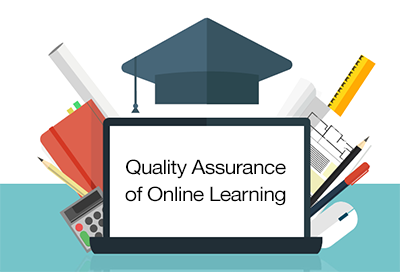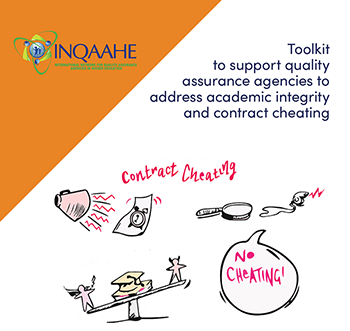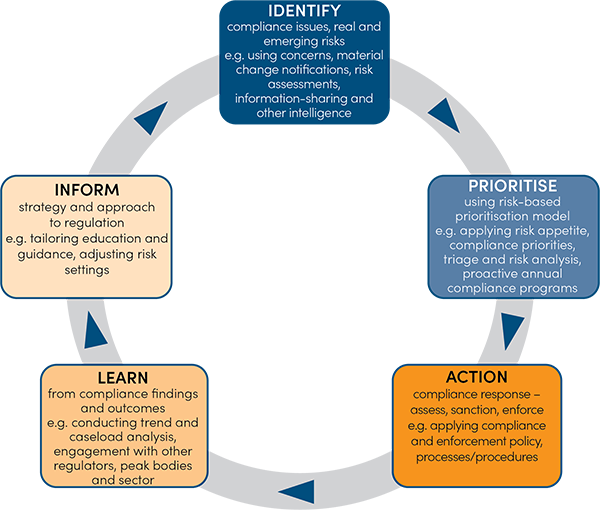
If you want to work for a mission-focused organisation that offers flexibility, great conditions, and the ability to contribute to the excellence of Australian higher education, the Tertiary Education Quality and Standards Agency is the place for you.
Jobs at TEQSA
Search for current vacancies on our online job portal.
You can also register your interest in temporary employment opportunities through our Temporary Employment Registers and sign up to receive job alerts.
Working at TEQSA
Why choose TEQSA?
At TEQSA, we are committed to providing a workplace that recognises and values the diversity of its employees and we encourage excellence, continuous improvement, professional development, integrity and an array of perspectives and contributions.
Our purpose
TEQSA is Australia’s independent national quality assurance and regulatory agency for higher education. TEQSA’s purpose is to deliver quality assurance that protects the interests of students and the reputation and standing of Australian higher education.
TEQSA has three strategic objectives in delivering its purpose:
- Promote and support good practice and effective self-assurance across the sector.
- Identify, analyse, and respond to risks to the sector.
- Ensure compliance with applicable legislation through effective and efficient regulation.
Our culture
At TEQSA we want and promote a work environment that is characterised by fairness, personal accountability, and mutual trust and respect. We understand our employees are the key to our success and our focus is to ensure they feel safe, valued, and fulfilled in the work that they do.
The core values by which we operate include:
- Trust – We have confidence in each other to do our best. We encourage open and honest conversations that focus on the issue, not the person. We promote a supportive and safe workplace environment.
- Respect – We approach every situation with kindness, compassion, and an open mindset. We value people, the range of views and experience they bring, and the work they undertake.
- Accountability – We hold ourselves and each other accountable for our actions, how we work together, and the quality of what we deliver. We gather feedback, reflect, and act on opportunities for improvement.
- Collaboration – We draw on our collective strength by encouraging each other to contribute to the achievement of shared objectives. We provide context and information to help others succeed.
Our offer
People are at the heart of TEQSA’s success, and we are committed to enabling our employees to perform at their best. We offer the following benefits:
- work that is meaningful, diverse, and challenging
- genuine flexibility to help achieve a balance between work and life, including access to flexible hours, opportunities for hybrid work and flextime
- competitive salaries and 15.4% superannuation
- generous leave provisions to help you live your best life outside of work, including:
- 4 weeks annual leave, plus additional paid leave when we close down over the Christmas to New Year period
- option to purchase up to 4 weeks additional leave per year
- paid parental leave, including maternity leave, supporting parents leave and adoption and foster care leave
- up to 18 days paid personal leave per year to recover from illness or injury or to care for a family member
- paid study leave.
- salary packaging options for eligible staff
- a national presence (TEQSA’s new, contemporary office is located in Melbourne CBD and remote working arrangements are supported for employees living interstate)
- a focus on your health and wellbeing with subsidies for flu vaccinations and an Employee Assistance Program.
Investing in your professional growth and career development is our key to success. Access to training courses, conferences (including the annual TEQSA conference), webinars, and external study support will ensure you’ll never stop learning and will open doors to rewarding career pathways.
Our community
By joining TEQSA, you become a part of the Australian Public Service community of strong, passionate, and proud professionals, and affirm your commitment towards working for something greater than yourself.
The Australian Public Service (APS) offers a clear purpose and meaningful work where you can make a positive impact in people's lives. We provide a work life balance that supports your lifestyle with great employment conditions.
Working with us means you’re contributing to improve outcomes for Australia and Australians.
Find out more
Applying for jobs
Questions about the recruitment process
If you have specific questions about an advertised job, please call the contact officer listed on the job and found in the Additional Information section (in the Candidate Information Pack).
If you have any general questions about the recruitment process, please contact TEQSA’s Recruitment team at recruitment@teqsa.gov.au.



